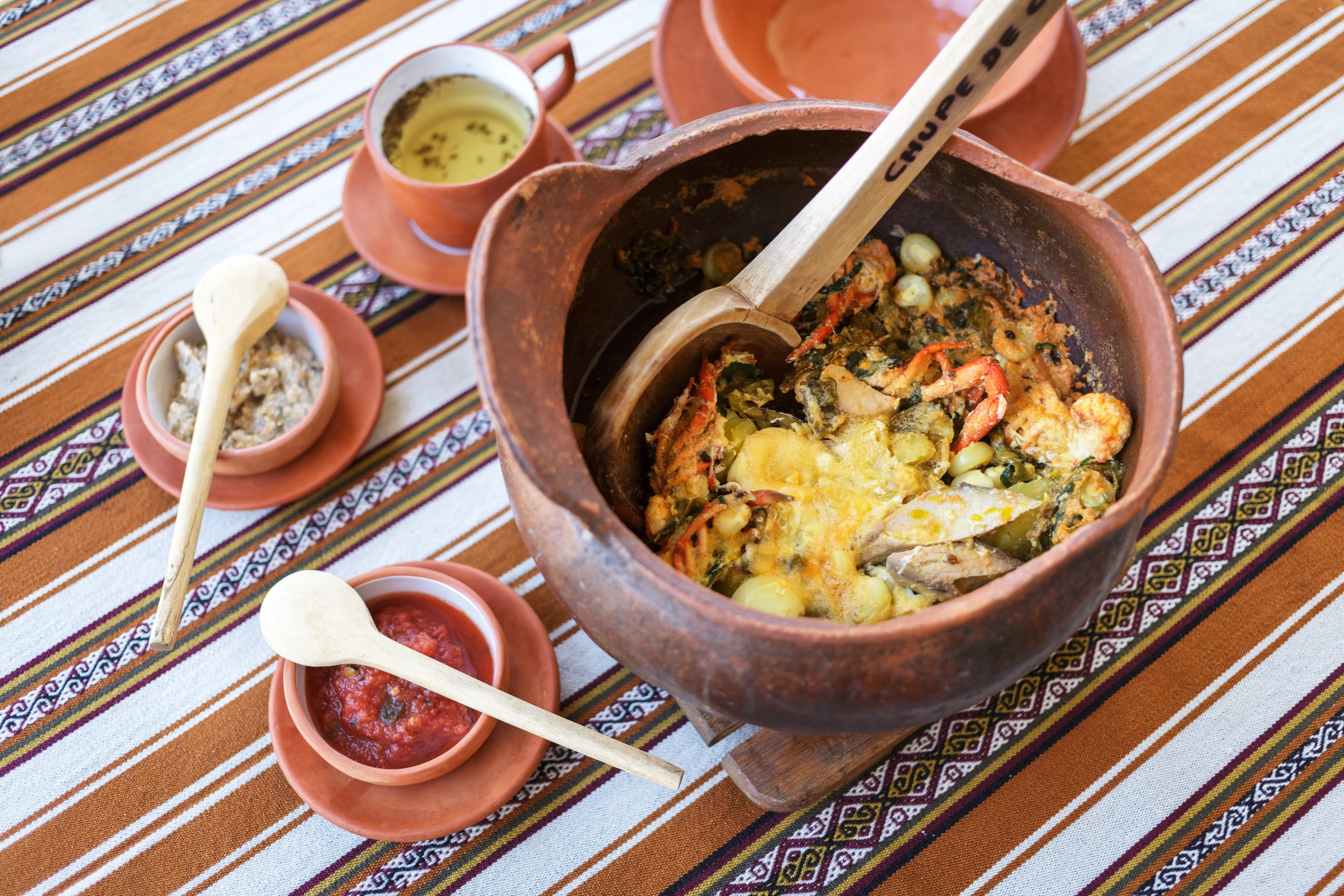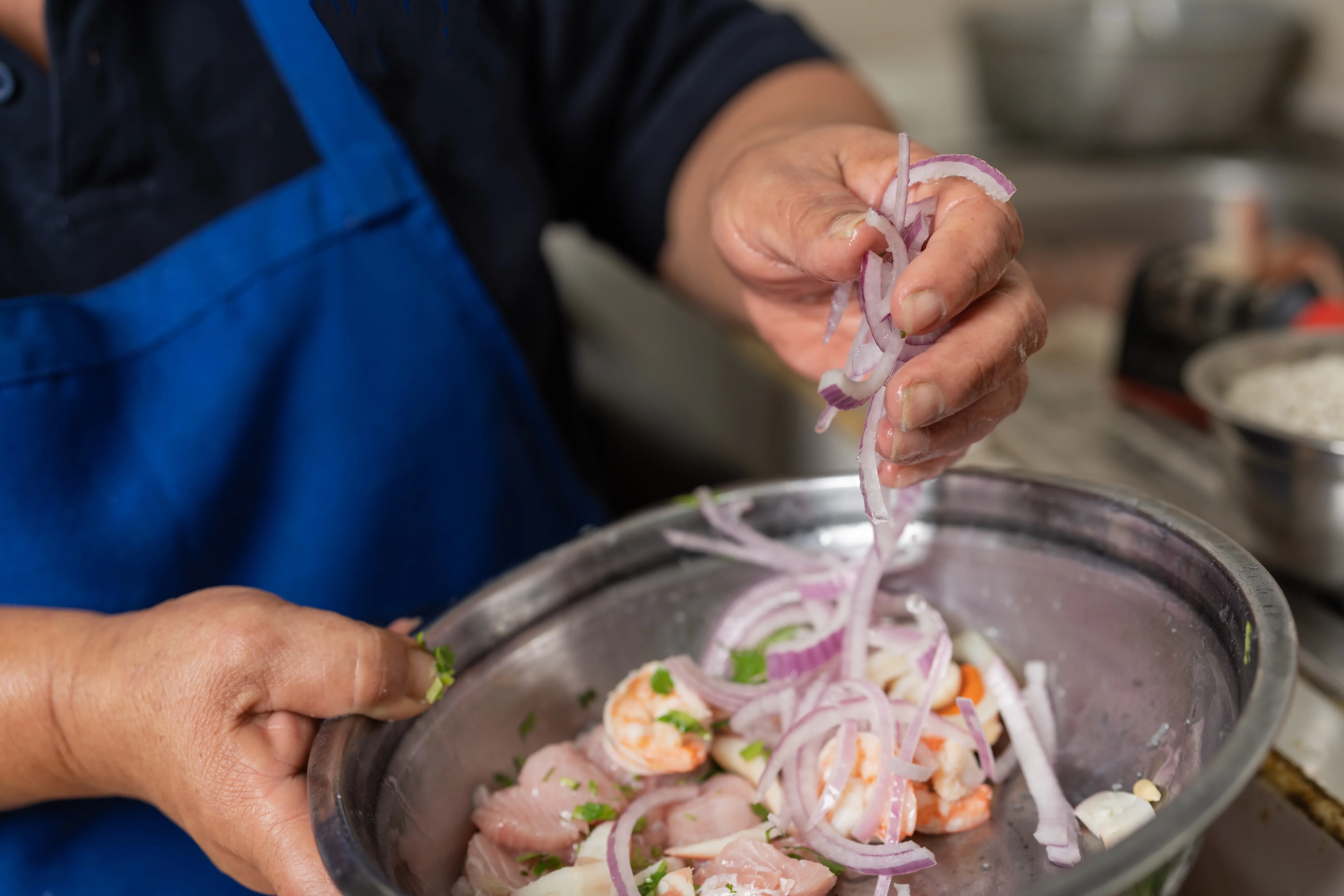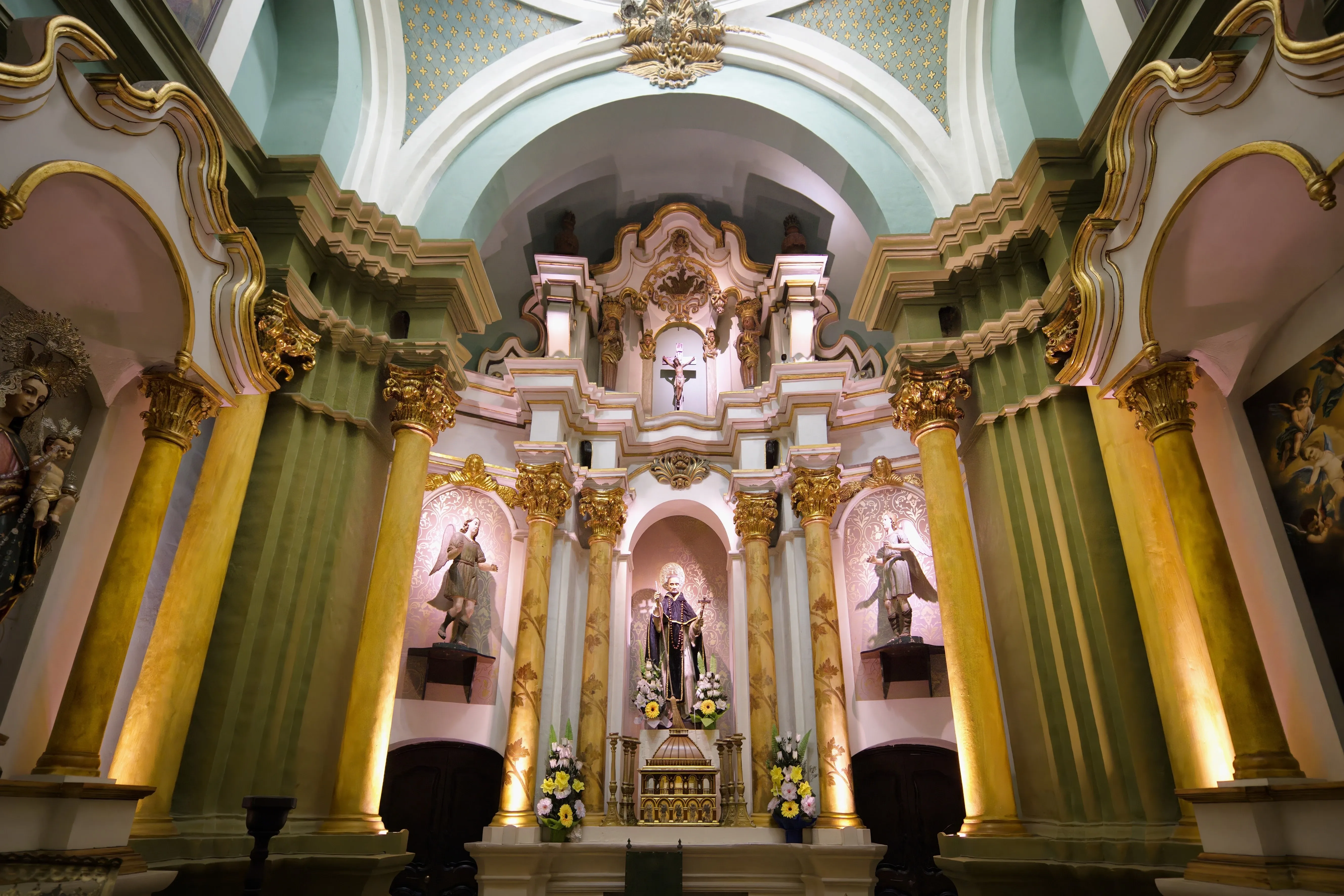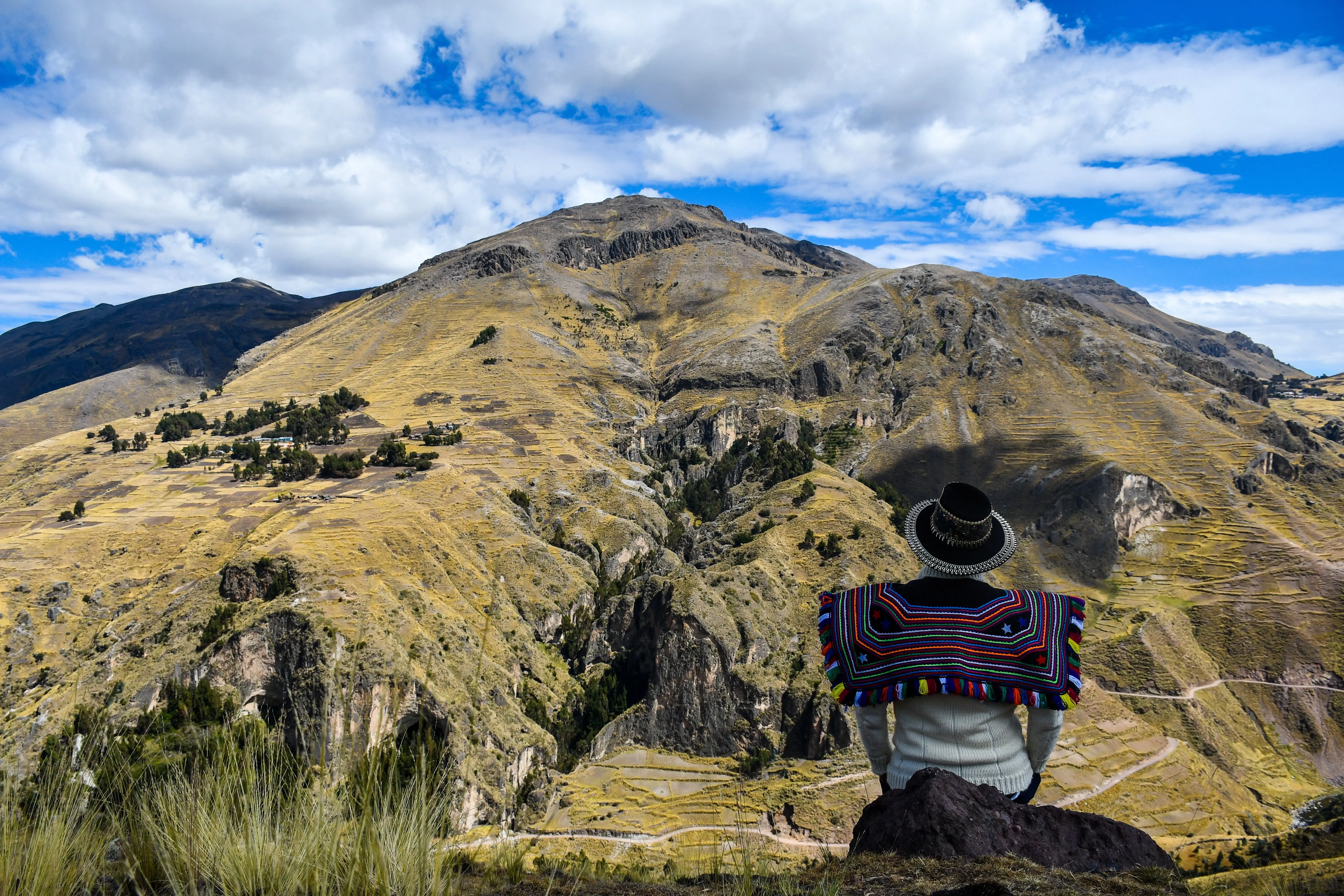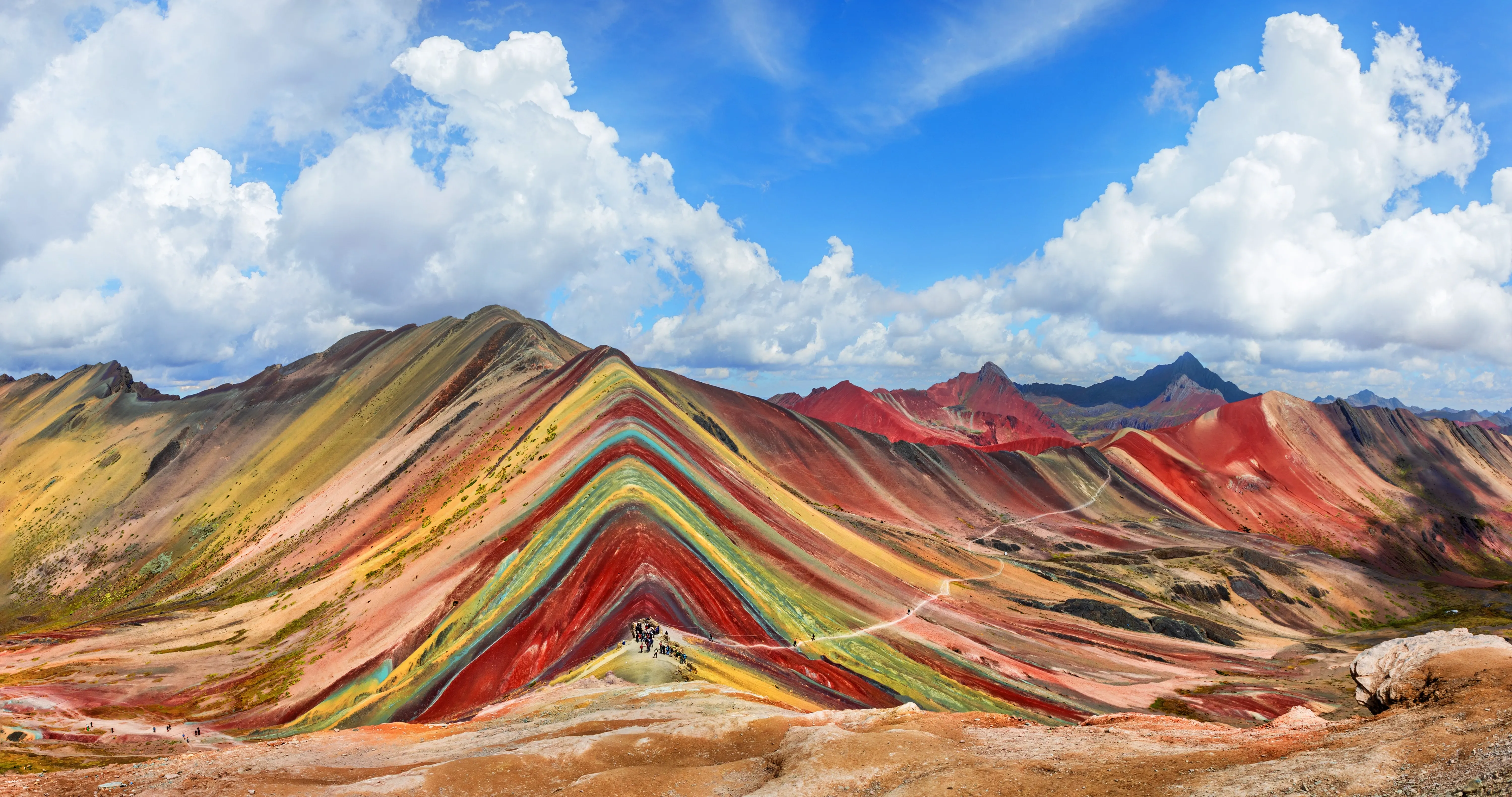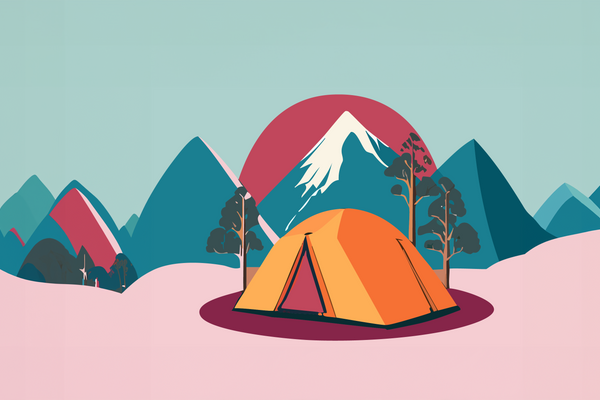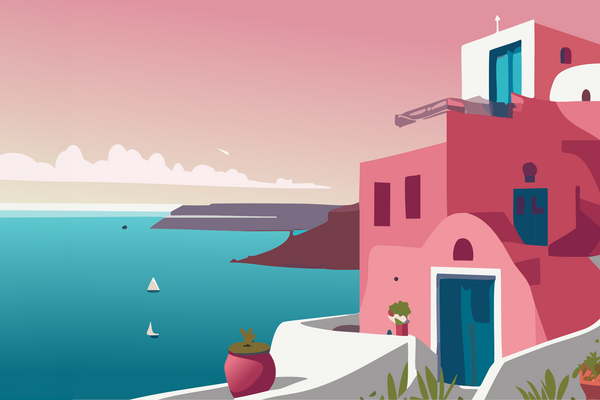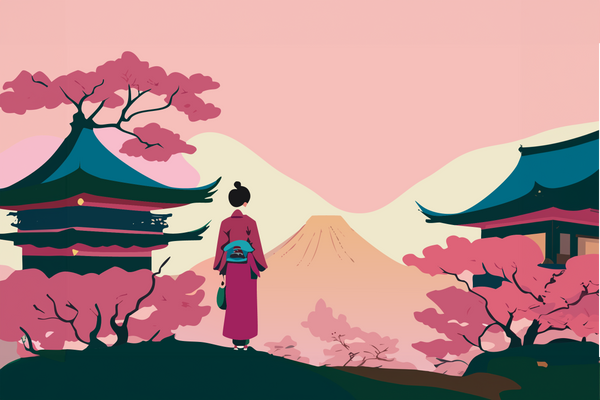Peruvian etiquette for tourists
Peru, located on the west coast of South America, is renowned for its rich cultural heritage and diverse landscapes.
The country boasts iconic sites such as Machu Picchu and offers a unique blend of ancient civilizations and Spanish colonial influences. Its geography ranges from the arid Pacific coast to the majestic Andes and the lush Amazon rainforest.
To navigate social norms and prepare for your trip, we’ve put together a guide to help you enjoy Peru’s cultural and scenic diversity without stepping on any toes.
Greeting someone in Peru
Greetings in Peru are a small but important ceremony that convey acknow-ledgment, appreciation, and hospitality.
In Peru, people commonly greet each other with “Buenos días” (Good morning, used until noon), “Buenas tardes” (Good afternoon, until dusk), and “Buenas noches” (Good evening/night, after dark, around 8 p.m.). It’s also common to ask about the other person's well-being with “¿cómo está?” (How are you?), “¿cómo estás?” / “¿qué tal?” (How are you?).
Addressing people correctly is important. In formal settings or to show respect for someone’s age, use “Señor” (Mr.) or “Señora” (Mrs.) followed by their last name. In professional environments, titles such as “Doctora” (Doctor) are often used. For older acquaintances with whom you are close, use “Don” or “Doña”.
When interacting with Peruvians, be aware that personal space norms may differ from other cultures. Peruvians often stand close during conversations and may touch arms or backs. A hug and a kiss on the right cheek are common among friends and family. Men usually prefer a firm handshake or a hug, depending on familiarity. In formal settings, a handshake is standard.
At informal gatherings, it’s customary to greet and say goodbye to each person individually, often with a hug, handshake, or air kiss on the right cheek.
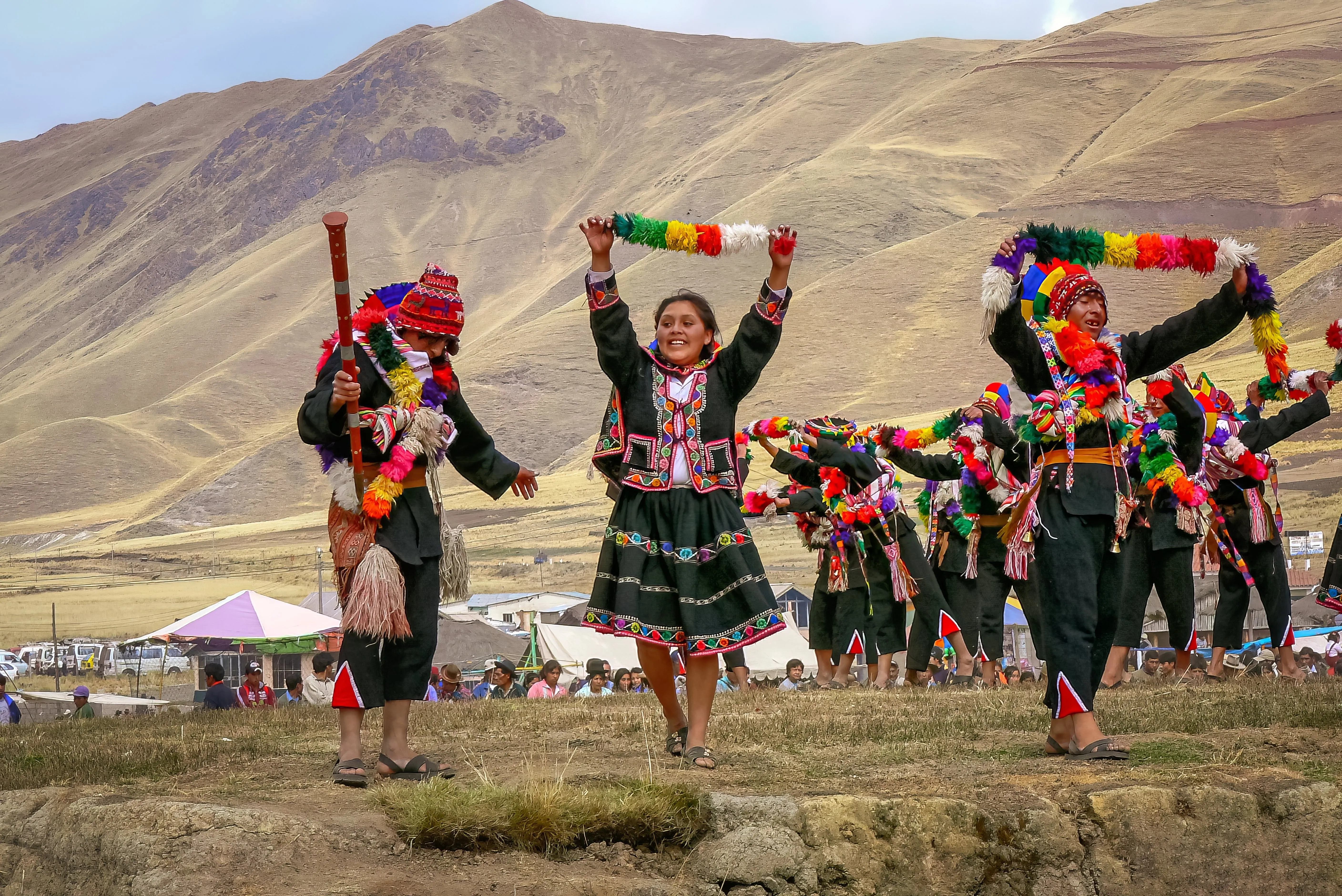
Language Do’s and Don’ts
Spanish is the dominant language in Peru, spoken by about 82% of the population, and serves as the primary language in government and media. Quechua and Aymara are also official languages, particularly in the Andean regions.
Quechua, the language of the Inca Empire, is spoken by about 13% of the population, while Aymara is prevalent in the southern highlands. The Amazon region has over 40 indigenous languages, reflecting the country’s cultural diversity.
The Peruvian government promotes the preservation of these languages through bilingual education programs.
Some words and expressions in Peruvian Spanish differ from those used in other Latin American countries or Spain:
- Jato – In Peru, this means “house” or “apartment,” while it might not be recognized elsewhere.
- Pata – Colloquially, “pata” means “friend” or “buddy” in Peru. In other Spanish-speaking countries, it can mean “leg” or “foot.”
- Chamba – This term is used in Peru for “work” or “job.” Other countries might use “trabajo.”
- Pisco – Although a drink, “Pisco” is particularly significant in Peru as it originated there. The term may be less familiar in other countries.
- Chévere – In Peru, “chévere” means “great” or “cool,” whereas in Argentina, “copado” or “genial” might be used.
- Trome – Informally in Peru, “trome” describes someone who is particularly impressive. It’s less common in other regions.
Travelers should not assume widespread English proficiency. While many Peruvians in tourist areas understand some English, it's advantageous to refresh your Spanish or start learning through Spanish podcasts before your trip.
In Peru, nonverbal communication is important. Peruvians might stand closer during conversations and often use their lips or hips to indicate directions instead of pointing with fingers. It’s generally considered polite to avoid pointing at people or cultural sites directly with a finger. Rather use a hand gesture with the palm of the hand facing downward and waving someone with all fingers closer.
Dining habits and behaviour in Peru
Meals in Peru play a significant role in social life and reflect the country’s cultural diversity. Shared meals are often small events, so plan accordingly and dress appropriately.
When arriving at a table, whether at home or in a restaurant, allow the host to choose your seat as they may have specific arrangements. Men and women often sit on opposite sides, reflecting traditional seating arrangements.
At the start of a meal, the host will often propose a toast, usually with “salud” or “buen provecho” (Enjoy your meal). This gesture underscores hospitality and the wish for everyone to enjoy the meal. It’s customary to try all the offered dishes.
In Peru, dishes like Ceviche, a freshly prepared dish made from raw fish marinated in lime juice, and Lomo Saltado, a spicy beef dish with onions, tomatoes, and French fries, are very popular. Another traditional dish is Aji de Gallina, a creamy chicken dish with a spicy sauce made from yellow chili peppers. Cuy, roasted guinea pig, is also a local specialty often served at festive occasions. If certain dishes do not suit your preferences, explain politely and tactfully.
Conversation during meals should include everyone at the table. It’s considered rude to speak only to one person without including others. The host might humorously remind guests: “Secretos en reunión es mala educación” (It is rude to share secrets at gatherings) to encourage inclusive conversation.
The “pachamanca” feast is popular in the highlands. This traditional dish involves cooking various foods in an earth oven and is often served at large celebrations, highlighting the importance of community and festivities in Peruvian culture.
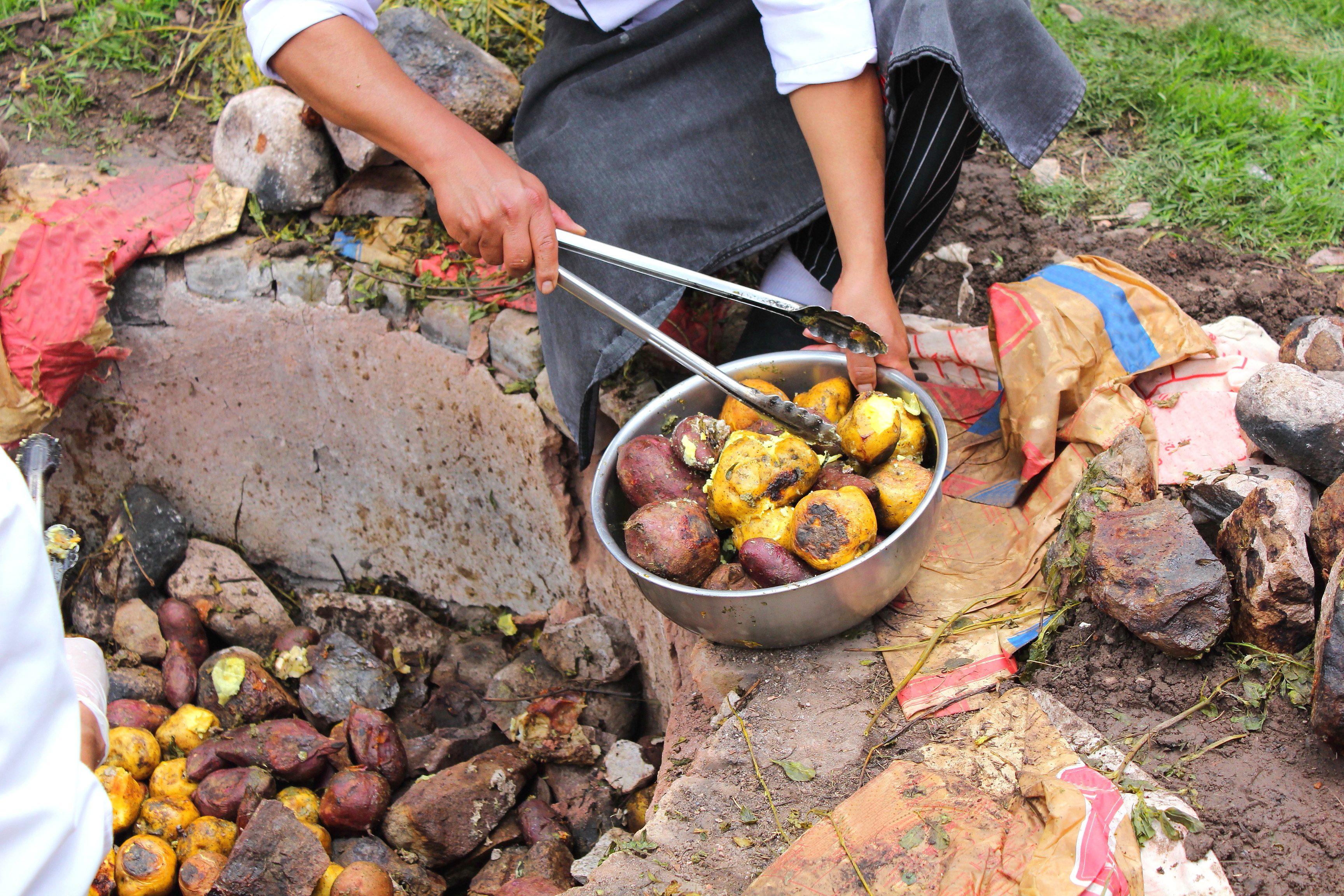
Tipping etiquette in Peru
The local currency in Peru is the Peruvian Sol. It’s advisable to carry some Sol in cash, as card payments may not be accepted everywhere. While most credit cards are accepted in tourist areas, not all places have card readers.
Tipping is customary but not mandatory. In restaurants, a tip of 10% to 15% of the bill is generally expected. Many restaurants include the tip in the bill, especially in higher-end places or for large groups, so check the bill carefully.
In cafés and small eateries, a tip of around 1 to 2 Soles is appropriate. For taxis, tipping is not required but appreciated if you round up the fare. For hotel or baggage services, tips of 5 to 10 Soles are customary.
If unsure about tipping practices, asking locals for guidance can be helpful.
More Do’s and Dont’s in Peru
In addition to dining, language, and tipping etiquette, there are other important customs to observe in Peru:
#1 Drinking water
In Peru, it is recommended to drink only bottled water. Tap water in many regions is not safe for direct consumption as it often does not meet the same purity standards as in other countries. Be sure to purchase water in sealed bottles and avoid consuming ice cubes in drinks, as they may be made from unsafe water.
#2 Toilet paper:
In many Peruvian toilets, toilet paper should not be flushed but instead disposed of in a special bin next to the toilet. This is because Peru’s sewage systems are often not designed to handle toilet paper, which can lead to blockages. It’s a good idea to follow this practice to avoid problems. Additionally, it’s advisable to carry a roll of toilet paper or at least a few tissues in your bag, as many public restrooms do not provide them. Some restaurants may sell tissues for a few Soles.
#3 Hora Peruana
Peru has the concept of “Hora Peruana,” which often leads to a more relaxed approach to punctuality. Events and meetings frequently start later than planned, and it is not uncommon for schedules to be handled flexibly. It’s important to be patient and prepared for some delays. This is considered normal and is part of the relaxed lifestyle that many Peruvians maintain. Therefore, it’s recommended to always bring a good book or download a podcast to pass the time while waiting.
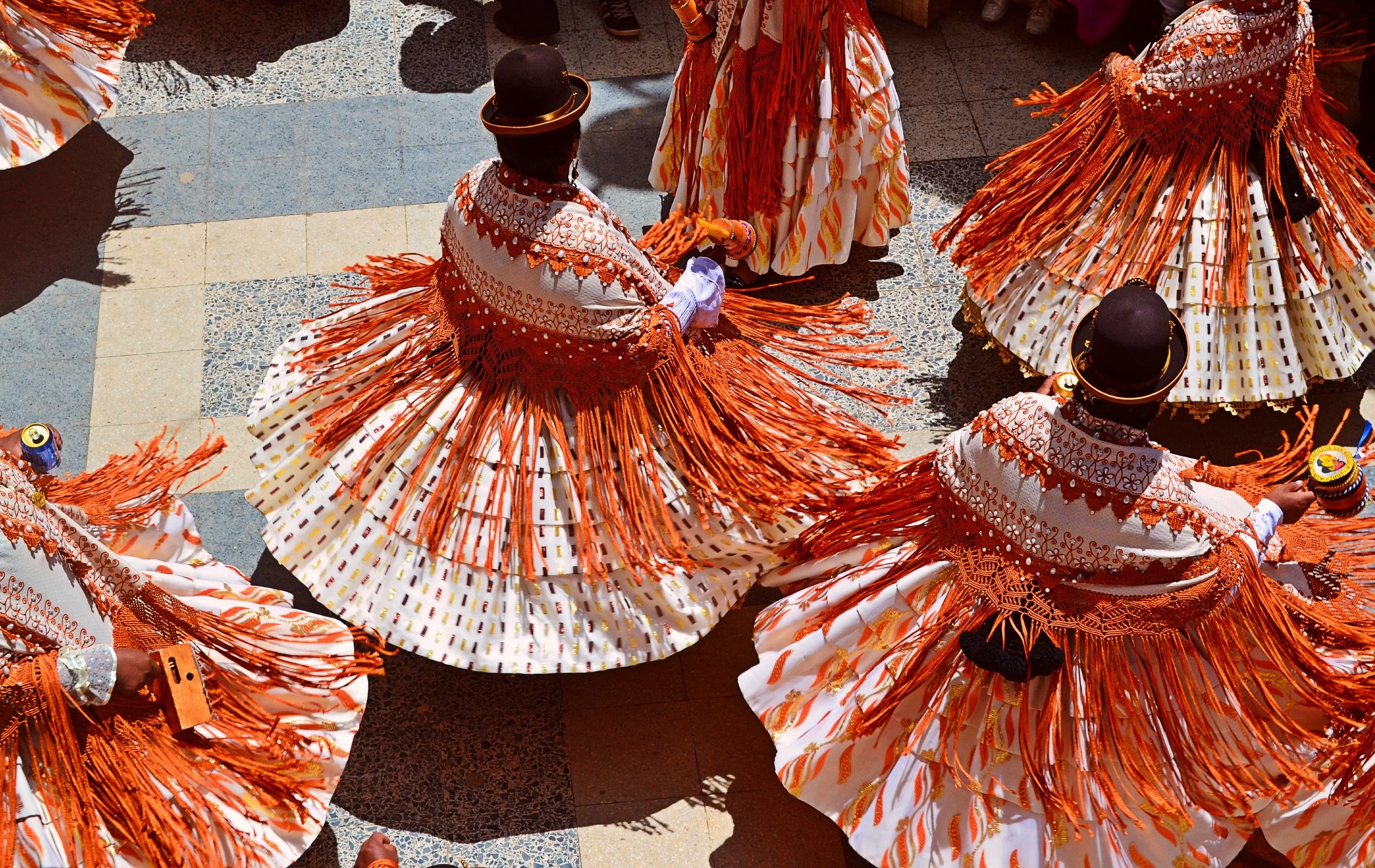
#4 Siesta
In addition to “Hora Peruana,” the siesta is an important part of Peruvian life. The siesta, a longer lunch break when many businesses are closed, is not just an opportunity for rest but also reflects a lifestyle where lunch is considered the most important meal of the day. This time is often used for social interactions and an extended break, keeping Peru’s cultural heritage vibrant.
#5 Clothing
Peruvians place a high value on good clothing. However, in churches, it’s important to remove your hat as a sign of respect and to dress appropriately with long pants or a dress that reaches below the knees and is not strapless. In general it is recommended to wear light clothes that dry quickly as Peru, especially during summer time and in the rainforest can be very humid.
#6 Photos
In Peru, it is important to be respectful when taking photos by asking for permission before photographing locals. This shows appreciation for their privacy and culture. This consideration is especially important in rural areas and among indigenous communities.
Always approach people in Peru with friendliness and respect, and show understanding for their culture. Although Peru is now a popular and safe travel destination, it’s important to stay alert and use common sense.
Quick Facts about Peru
- Official language: Spanish (Quechua and Aymara are also official in some regions
- Form of government: Unitary semi-presidential republic
- Population: 34.3 million
- Capital city: Lima
- Currency: Peruvian Sol (PEN)
- Time zone: Peru Time (PET)
- Summer months: December to February
- Winter months: June to August
- Climatic warmest Temperatures: 30°C
- Climatically coldest temperatures: 10°C
- Telephone area code: +51
- Standard voltage of electricity: 220 V
Reminder: Brush up on your history
Peru’s history is a fascinating saga of ancient splendor, colonial upheaval, and dynamic modernity. Central to this narrative are the indigenous peoples who have shaped the cultural and historical landscape of the region for thousands of years. The Andes were once home to diverse civilizations that all contributed to Peru's rich history.
Among the earliest cultures were the Moche and Nazca, who flourished between 100 and 800 AD. The Moche are known for their artistic ceramics and impressive architectural works, such as the Huacas del Sol y de la Luna. The Nazca left behind the mysterious Nazca Lines—large geoglyphs etched into the desert that continue to puzzle scholars.
The most famous of these early cultures was the Inca Empire, which emerged in the early 15th century under Pachacuti. The Incas unified a vast territory stretching from present-day Colombia to Chile and created a highly developed civilization with remarkable engineering feats such as Machu Picchu and an extensive network of roads and terraces. Their capital, Cusco, was a center for political, religious, and economic activities.
The arrival of conquerors from Spain in the 1530s, led by Francisco Pizarro, marked a time of dramatic change. The Spanish conquest dismantled the Inca Empire and established a colonial system that lasted nearly 300 years. During this period, indigenous peoples experienced significant upheaval, including forced labor and cultural suppression. Despite these challenges, they managed to preserve many aspects of their heritage and blend their traditions with European influences.
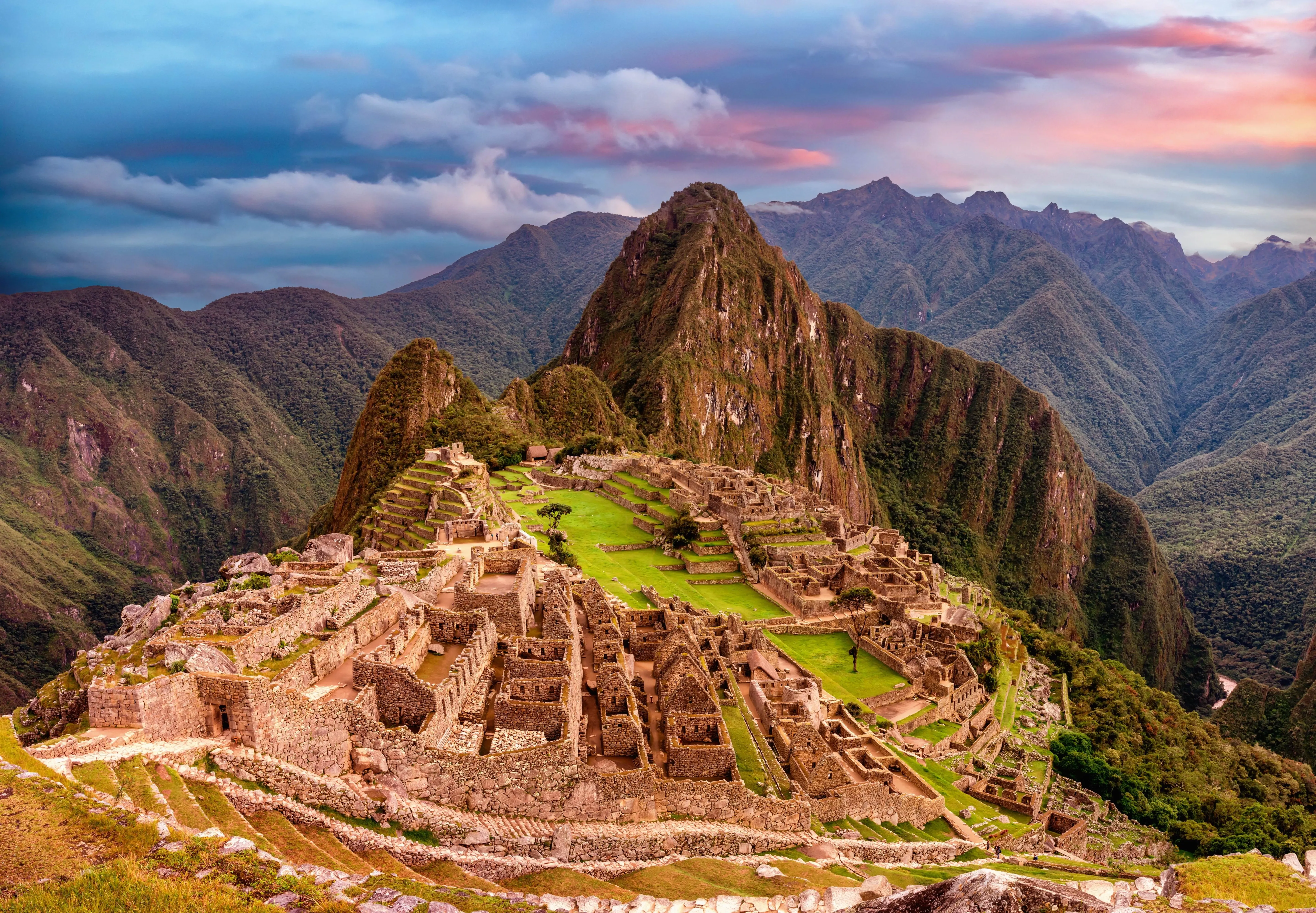
The struggle for independence was complex and turbulent. Key figures like Simón Bolívar, who envisioned a united South America, and José de la Riva-Agüero, Peru’s first president, played central roles in the country’s path to sovereignty achieved in 1821. After independence, national identity was solidified, and the voices of indigenous peoples were gradually integrated into the national narrative.
Today, Peru’s indigenous heritage is vibrant and enduring. Indigenous languages such as Quechua and Aymara are officially recognized, and traditional customs are celebrated alongside modern innovations. Festivals like Inti Raymi and the colorful Marinera dance showcase a dynamic fusion of ancient practices and contemporary culture.
Peru is a mosaic of historical epochs—a land where the echoes of ancient civilizations blend with the vibrancy of the present. The country’s diverse heritage continues to shape its identity, making it a place where history and culture are intricately intertwined.
Peru etiquette summarised in a nutshell
Before visiting Peru, familiarize yourself with the country’s fascinating history and its people, and learn some basic Spanish greetings and phrases. Be respectful of the rich Peruvian culture during your stay and take the opportunity to learn more about the country’s traditional customs and historical experiences.
Shared and extended meals are a direct path to the hearts of Peruvians and are celebrated rather than just consumed. Peru is an extremely hospitable country, and if you are unsure about something, do not hesitate to ask a local for advice.
Sign up for the newsletter
By clicking on “Subscribe now” I will subscribe to the Conscious Explorer newsletter with all the information about mindful travel. Information on the success measurement included in the consent, the use of the shipping service provider MailChimp, logging of the registration and your rights of revocation can be found in our privacy policy.

